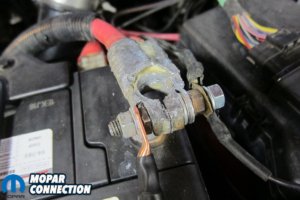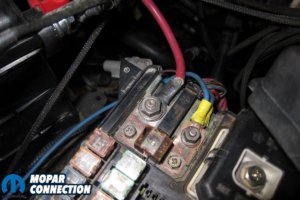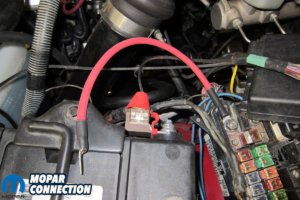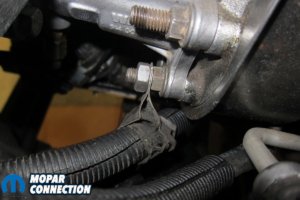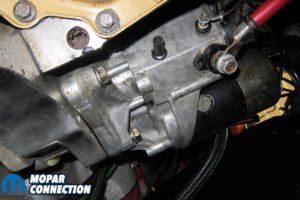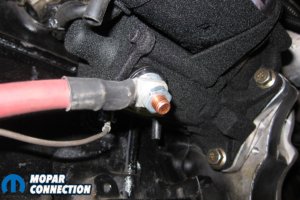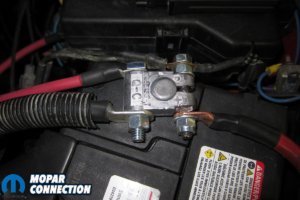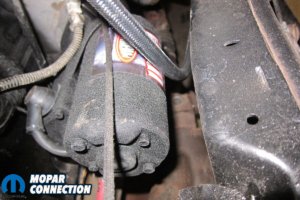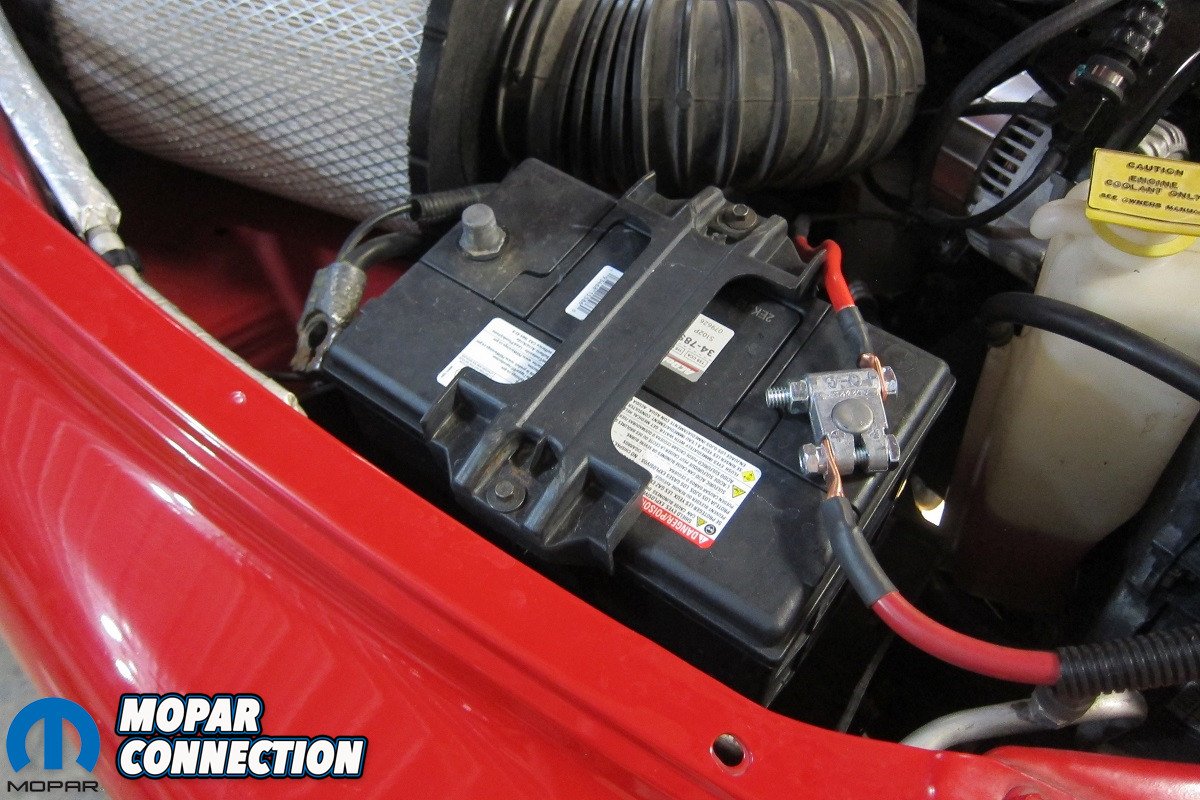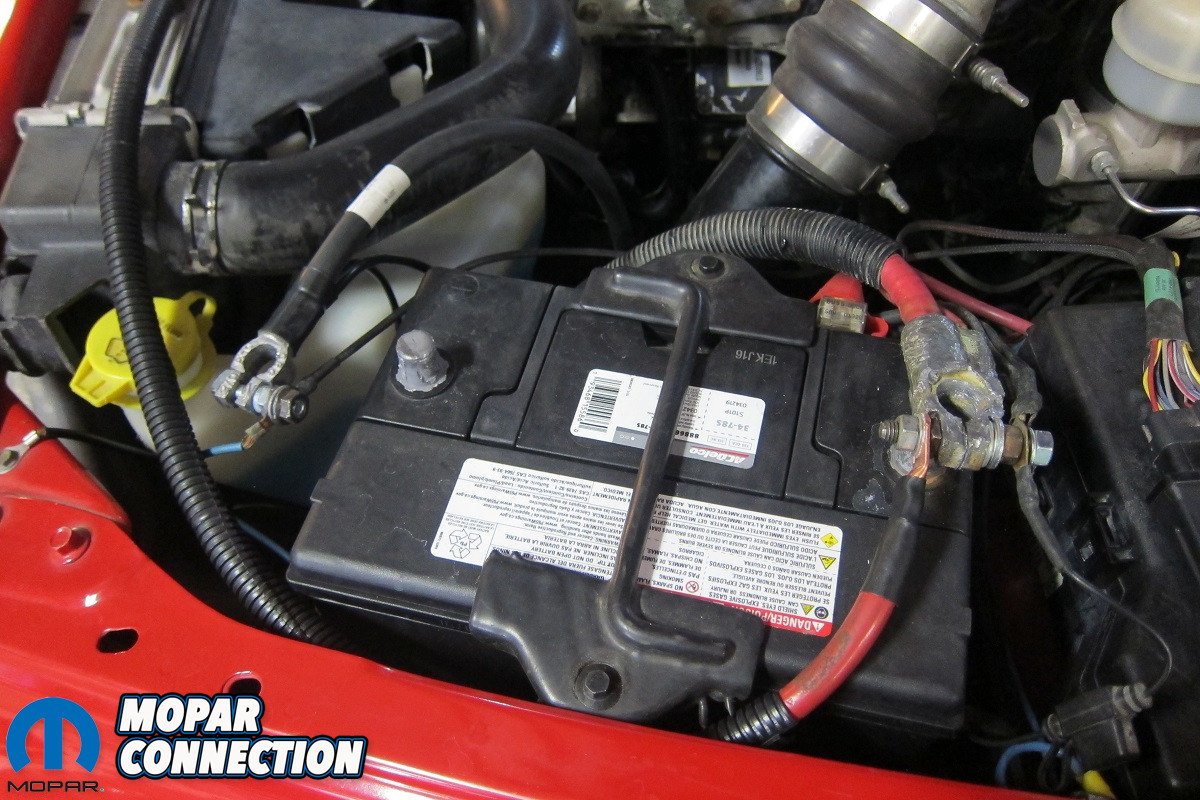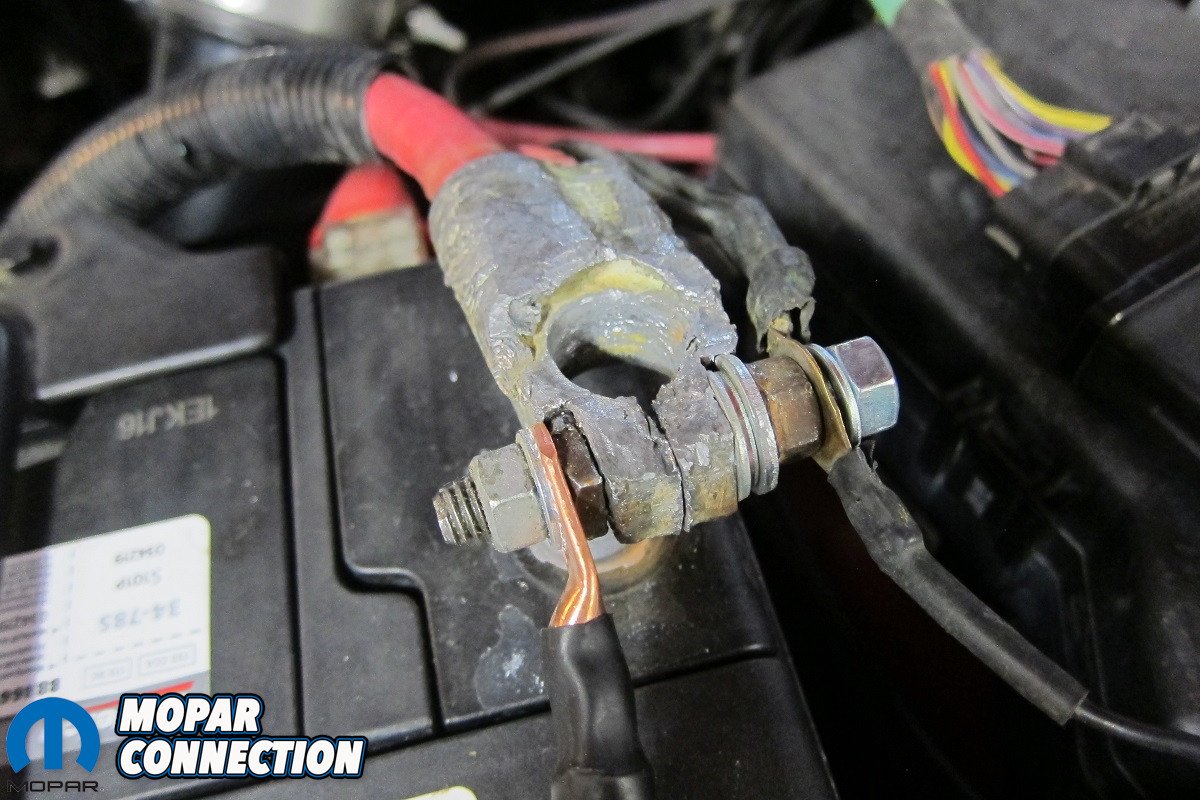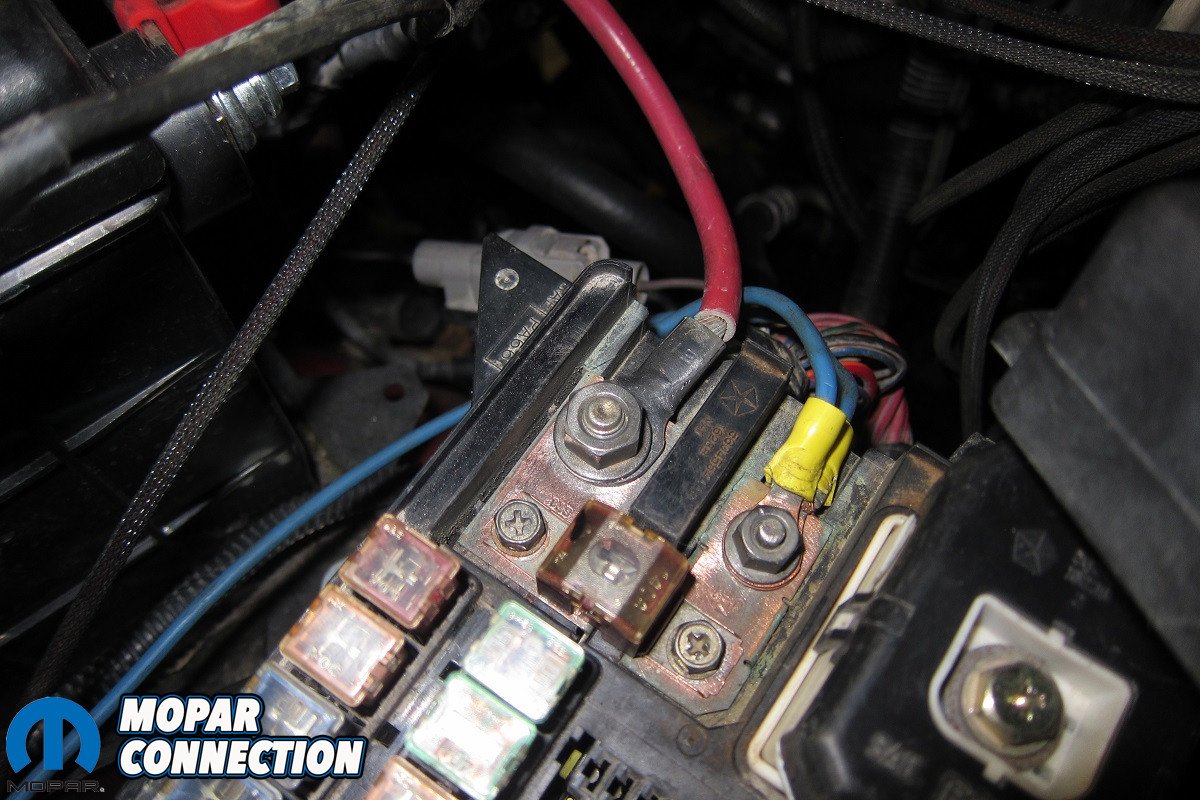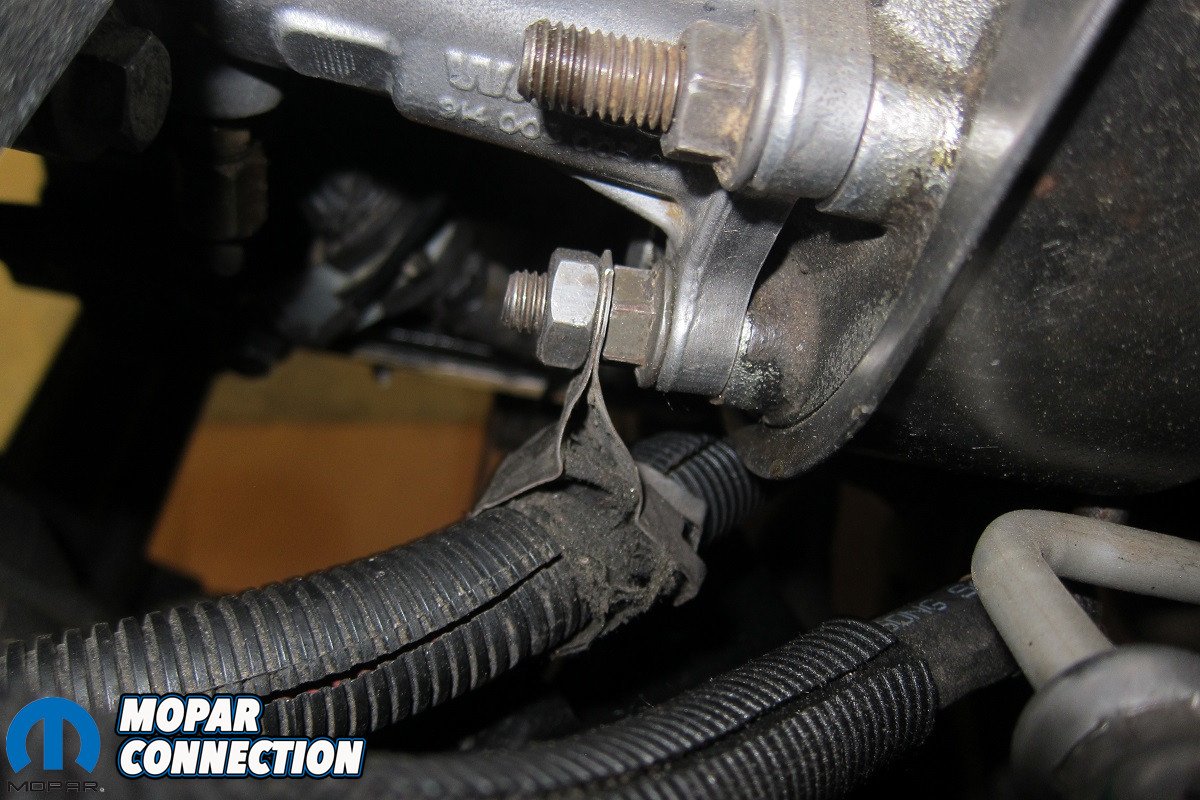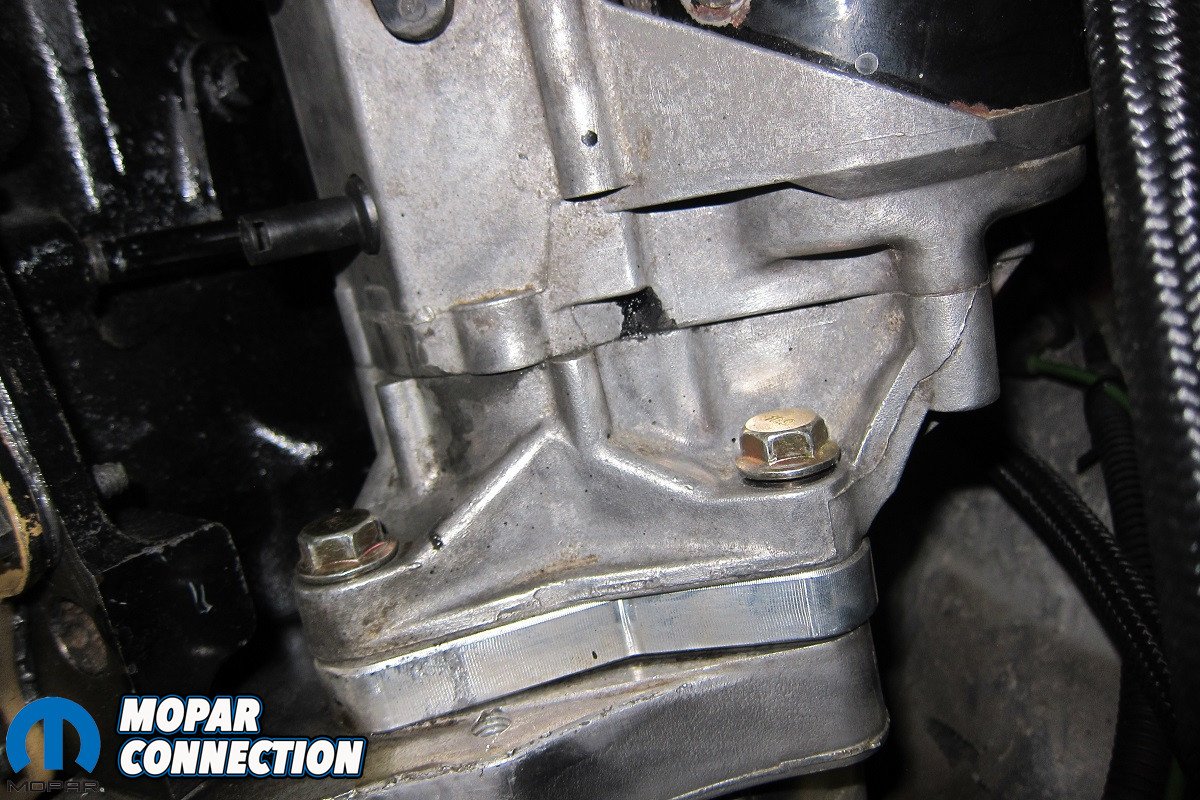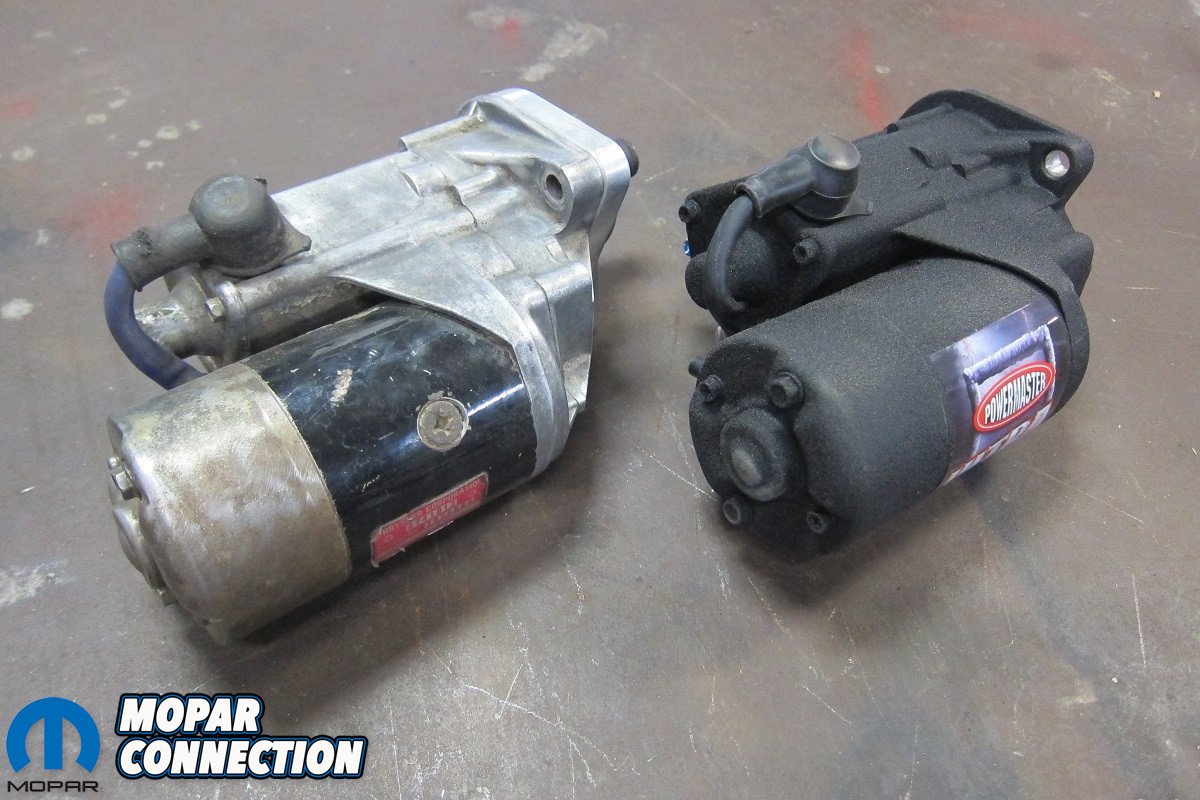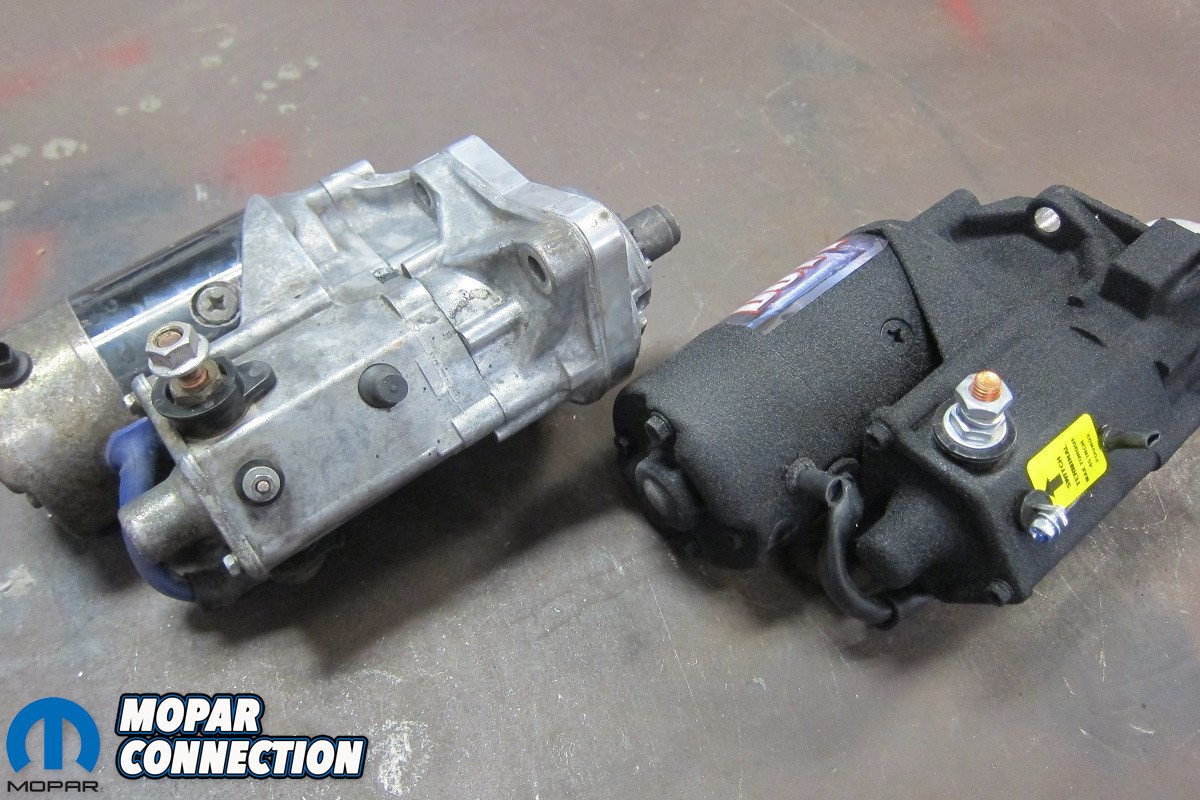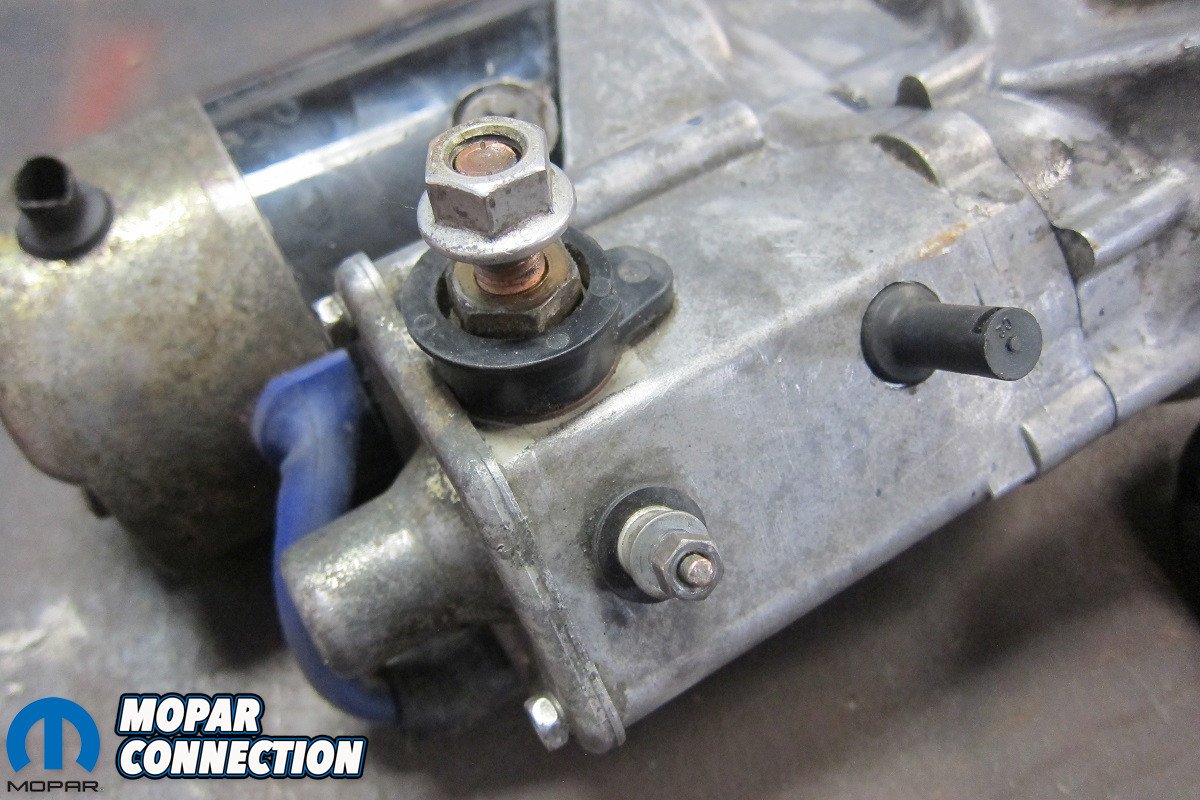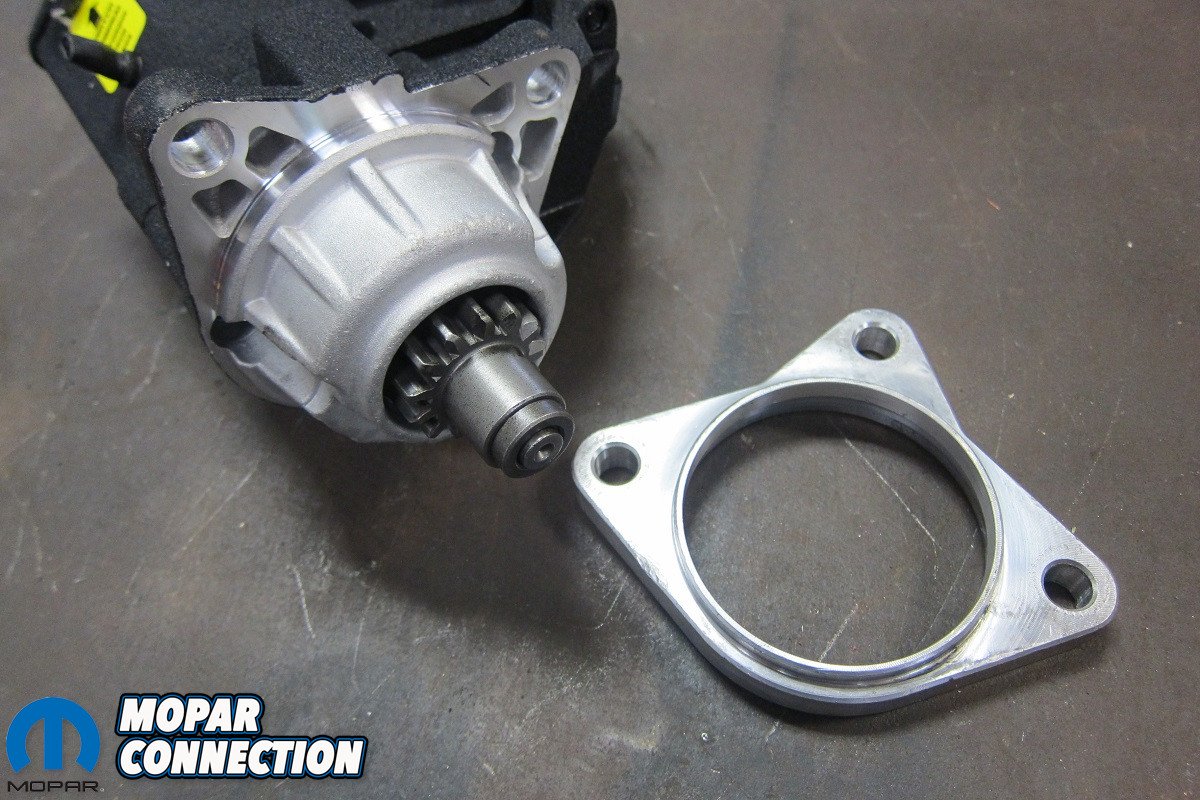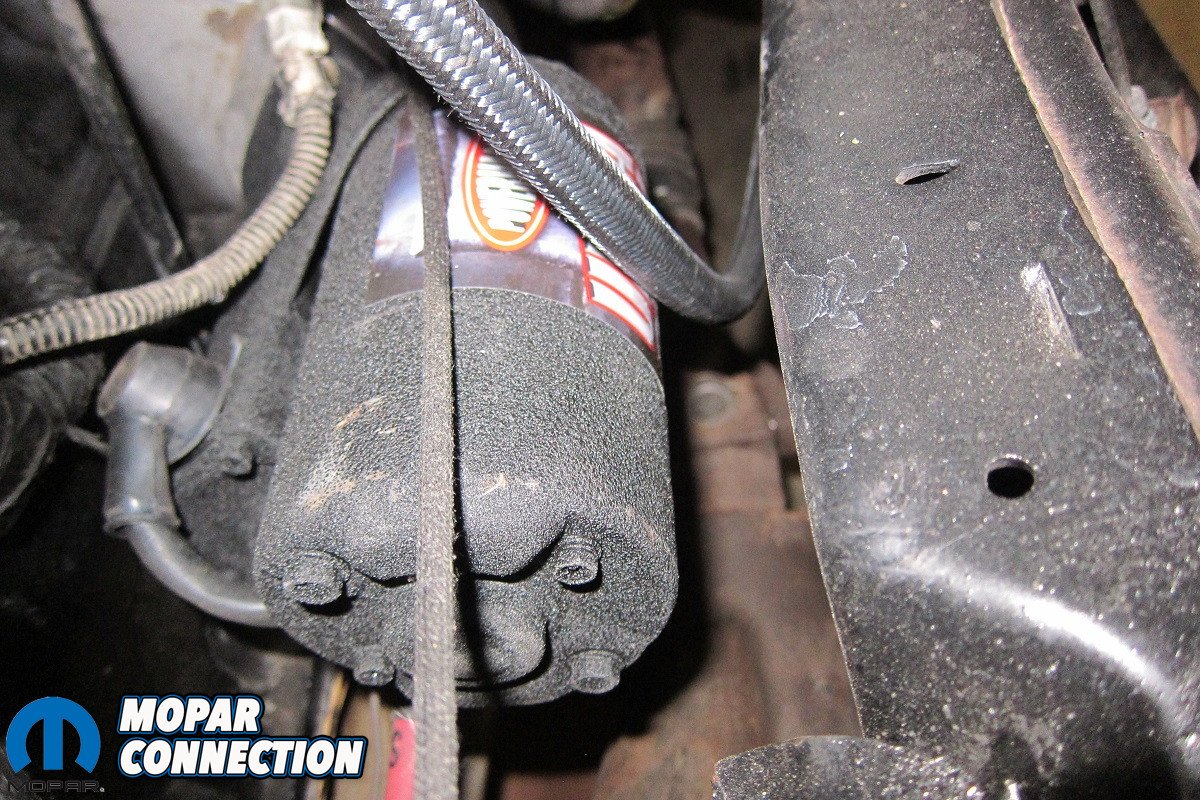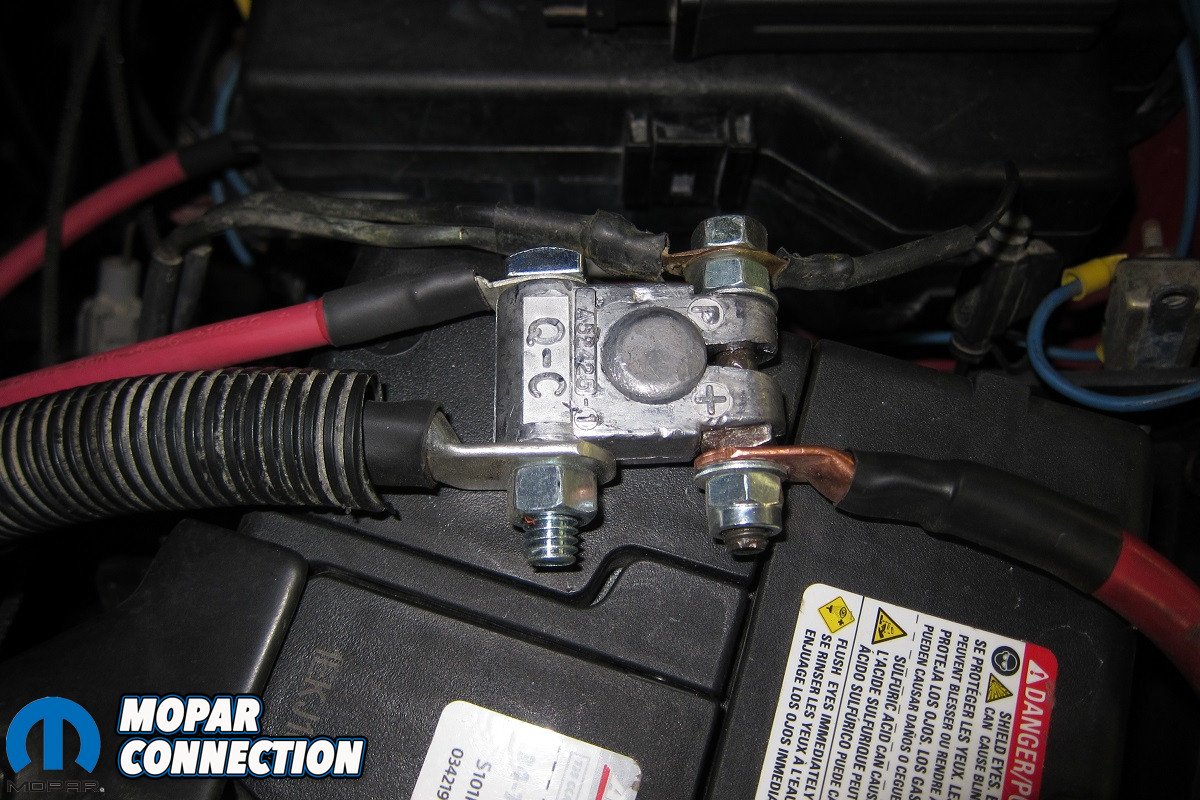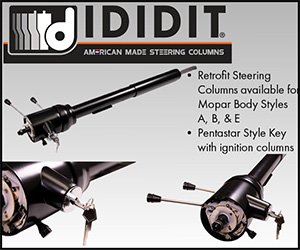 Even the most trustworthy of engines can be left stranded by one common component that commands all: the starter. From the Slant 6 to the Cummins diesel, they’re basically bulletproof after the bump of a key kicks a couple cylinders to life. But that same sad click-click-click can keep them all out of commission when a starter goes south.
Even the most trustworthy of engines can be left stranded by one common component that commands all: the starter. From the Slant 6 to the Cummins diesel, they’re basically bulletproof after the bump of a key kicks a couple cylinders to life. But that same sad click-click-click can keep them all out of commission when a starter goes south.
In the simplest terms, an automotive starter is naught but a small 12-volt electric motor with a retractable flywheel engagement gear and it’s basically remained largely unchanged since replacing hand cranks. Of course, not all starters are created equal. Applications vary widely and proper sizing can be dependent on engine compression ratio, ignition timing, or transmission packaging.
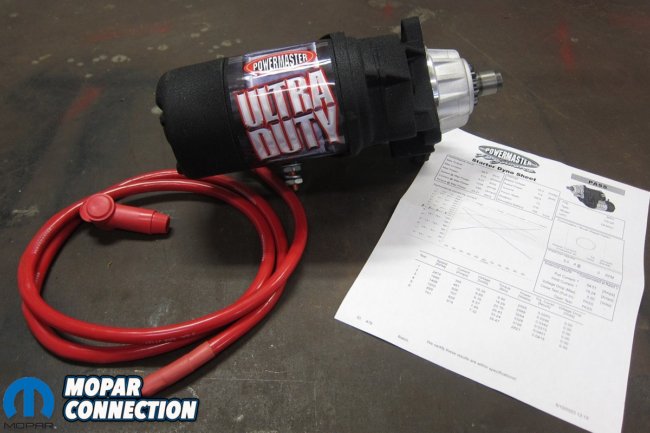
Above: A Powermaster Ultra Duty starter, its dyno sheet, and a fresh cable were set to put us on the trail to towing in our diesel.
Furthermore, drives can either be direct or via gear reduction. Direct drives have all but been phased out, replaced by the more efficient reduced units which use a smaller motor spinning at a higher RPM through a set of gears.
Among Mopar muscle cars, the most famous direct drive would have been the 1966-1969 Hemi starter only used on four-speed cars, but those are understandably rare.
Gear reduction starters have been much more prominent and, in many cases, the best option due to their smaller size and generally larger torque output. Decreased size can help in many ways from weight to exhaust clearance.
More output torque can aid in getting engines going if they have a lot of initial ignition timing or a high compression ratio. That compression is what the starter motor has to overcome to get the combustion cycle going.
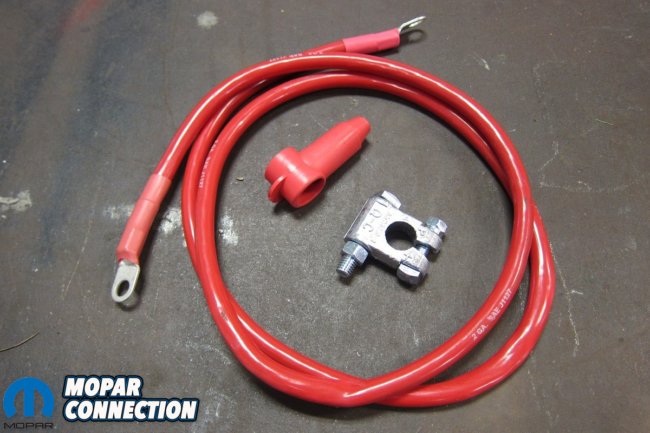
Above: The cable, coupled with a new military-style terminal was big enough and long enough for diesel duty.
When it comes to high compression, diesel engines have it in spades compared to their less pressurized gasoline brethren. By nature of their design, diesels can often be found with ratios north of 16:1.
Cummins engines in Dodge trucks through 2002 hovered in the 17:1 range. For example, a standard output 1999 24-valve version would have been 16.3:1 while a high output 2001 would have come in at 17.2:1.
Either way, that’s a whole bunch of cylinder pressure and opposing force. Couple that with the fact that the diesel fuel is relying on cranking speed and compression to ignite and the starter’s responsibilities become all the more evident. If there’s even the slightest bit of weakness in a starter’s spunk, the whole thing can become a parking lot pylon.
Above left: An original positive terminal was positively trashed. Above center: On these trucks, there’s also a primary feed wire that goes from the positive post to the fuse box. Above right: While we were at it, we replaced that feed cable with a new 6-gauge wire.
That’s where we were getting to with our 1999 Dodge Ram 2500. Aside from a generally sluggish spin, it had also given us a few scares when the solenoid failed to engage with that familiar fruitless click.
At twenty-four years old, the original starter had done its duty and was ready for retirement. Our primary concerns in finding a replacement weren’t just related to specs, but also reliability since the OEM unit had provided so many miles of stellar service.
With that in mind, one brand seemed to really fit the bill: Powermaster Performance. Decades of experience building some of the best starters and alternators in the business right here in the USA.
This made them an easy choice, especially given their exclusive Ultra Duty lineup specifically for diesel engines. Furthermore, there was no core charge; we’d be able to rebuild the original unit and throw it on the shelf as a spare.
Above left: The solenoid trigger wire was uncoupled via a quick disconnect. Above center: A bracket on the power steering pump had to be removed to get the old starter cable out. Above right: Underneath, there were just two nuts and three bolts for disassembly.
The right one for us turned out to be P/N 9053 for 1994-2002 5.9L Cummins engines which would cover the entire second generation of Dodge pickups. Featuring 3.75:1 gear reduction, the big wrinkle black beauty weighed in at 17.75 lbs with 260 ft-lbs of torque from the 3.6-horsepower (2.7 kilowatt) motor.
Now power rating, whether it’s in horsepower or kilowatts, is an important yet misunderstood attribute. While it’s true that a higher number here means a more powerful motor, that power works in conjunction with the gear reduction to define the total package’s output.
In this case, 2.7 kilowatts goes through a set of 3.75:1 gears to output the 260 ft-lbs of torque. If the motor size or gear ratio was different, then the output torque would be different as well.

Above: Powermaster’s starter was physically very similar to the original, but the black finish really helped set it apart.
For our mildly-modified tugboat, we knew that 260 ft-lbs would be more than adequate and went to the wrenches. The first step, as always with any electrical work, was to disconnect all battery power. On a Cummins-driven Dodge, that will usually mean pulling cables from not just one but both batteries.
Next up was the starter cable which had seen better days. Just like the starter, the cable was surely due for replacement, so we went back to the Powermaster catalog for a bigger, badder wire. With the cable and solenoid trigger wire disconnected, three bolts were removed and the spent spinner was set free.
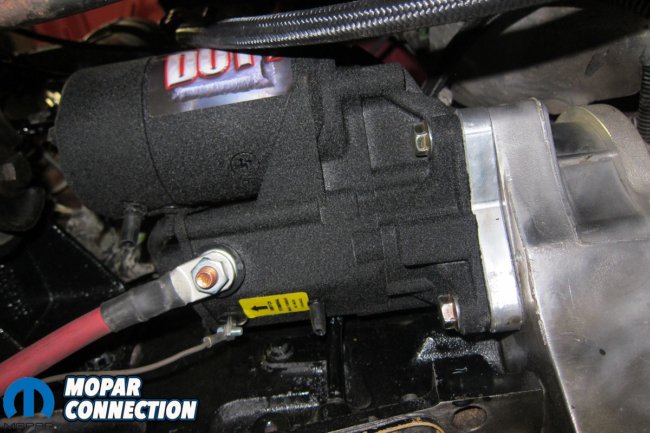
Above: The new Ultra Duty slid into place as expected with a spacer installed to match our flywheel.
Sitting old and new side-by-side, there were few differences to note. Aside from the obvious black wrinkle finish, the only minor discrepancy on the Powermaster piece was a slight difference in the trigger terminal which ended up being totally inconsequential.
Before commencement of the new cranker, we did have to transfer a spacer which was purely for proper flywheel engagement.
This particular truck had a larger six-speed flywheel installed which had a different ring gear position than that of the five-speed version. Therefore, the spacer had to be maintained regardless of starter supplier.
Above left: Cable connection was an M10 stud like original. Above center: A bolt-on battery terminal provided space for the multitude of power take-offs. Above right: Since the Ultra Duty was the same size as OEM, frame rail clearance was not a problem.
Installation was as uneventful as expected; the old bolts were reused, as was the original trigger wire. The new larger cable fit right on the M10 stud and that was about it on the bottom side.
Up top, a military-style positive terminal was called to duty. Since it didn’t require any crimping, each ring terminal was simply bolted on and tightened down. Power connections seem to always be at a premium on diesels with this one requiring battery wires for the programmer, fuel pump, fuse box, starter, and parallel battery.
The first bump of the key barely required a single revolution as the burly diesel bellowed to life with ease. Without question, the Powermaster Ultra Duty has lived up to its name thus far and, coupling its power with its one-year warranty, we’ll have peace of mind for many puffs of smoke to come.



